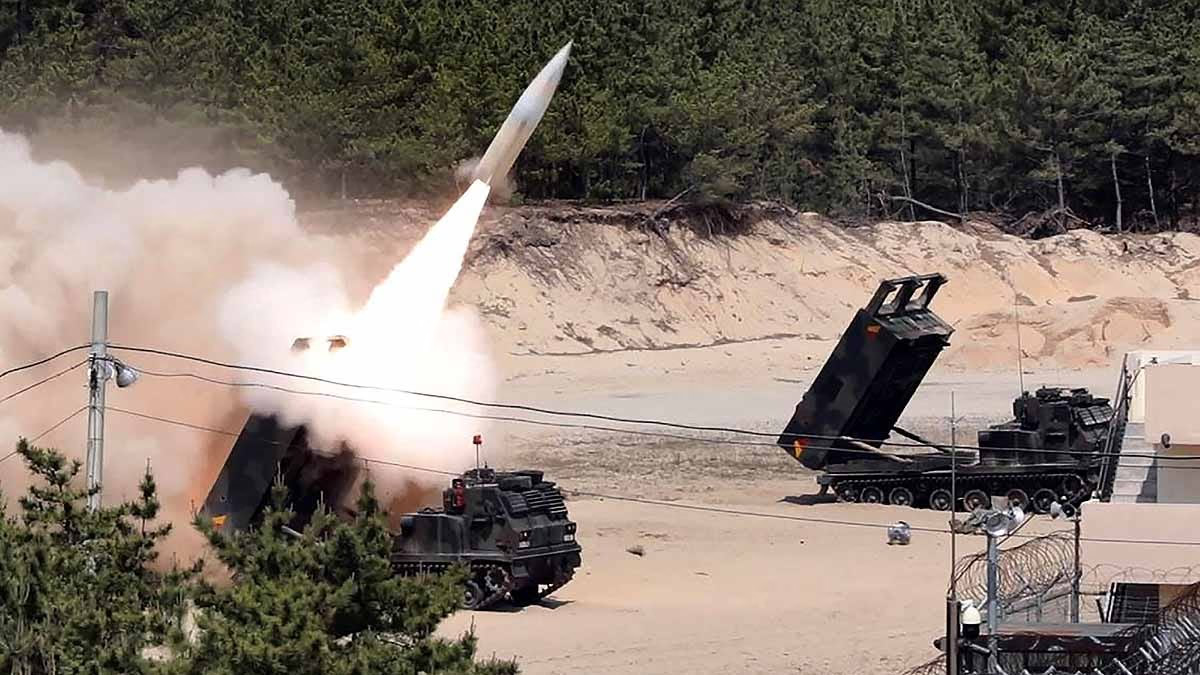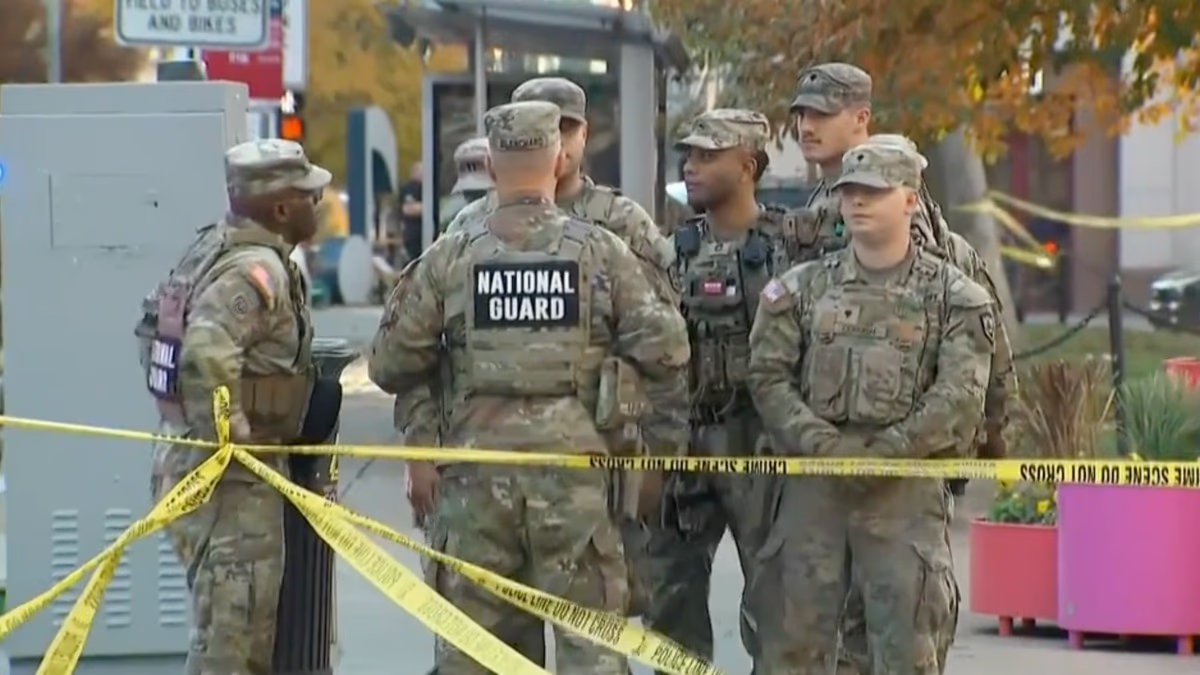Taiwan—a small island bracing against one of the world's significant military threats. As China, claiming Taiwan as its territory, expands its military might, aircraft, ships, and missiles circle Taiwan's vicinity. In response, Taiwan fortifies with US aid. Initially embracing US missile defense systems, Taiwan now plans substantial defense budget enhancements. Let's explore the American weaponry stationed in Taiwan, the budget allocations, and the threats posed by China.
China's People's Liberation Army (PLA) stands as the world's largest military force. In 2025, China's defense budget saw a 7.2% increase to $245 billion (approximately 20 trillion rupees). Their narrative frequently postulates seizing Taiwan.
Gray-Zone Aggressions: In April 2025, 27 Chinese aircraft and 9 ships breached Taiwan's Air Defense Identification Zone (ADIZ). While not outright war, these acts amplify pressure.
Blockade Concerns: China could encircle Taiwan, halting ships. With 70% of Taiwan's imports arriving by sea—including food, oil, and chips—this is a legitimate threat.
Invasion Speculations: A US report suggests China might attack Taiwan by 2027. However, with American support, Taiwan remains unyielding.
Taiwanese President Lai Ching-te asserts that surrender is their greatest vulnerability. Hence, Taiwan emphasizes asymmetric warfare—deploying nimble, potent weapons to counter larger adversaries.
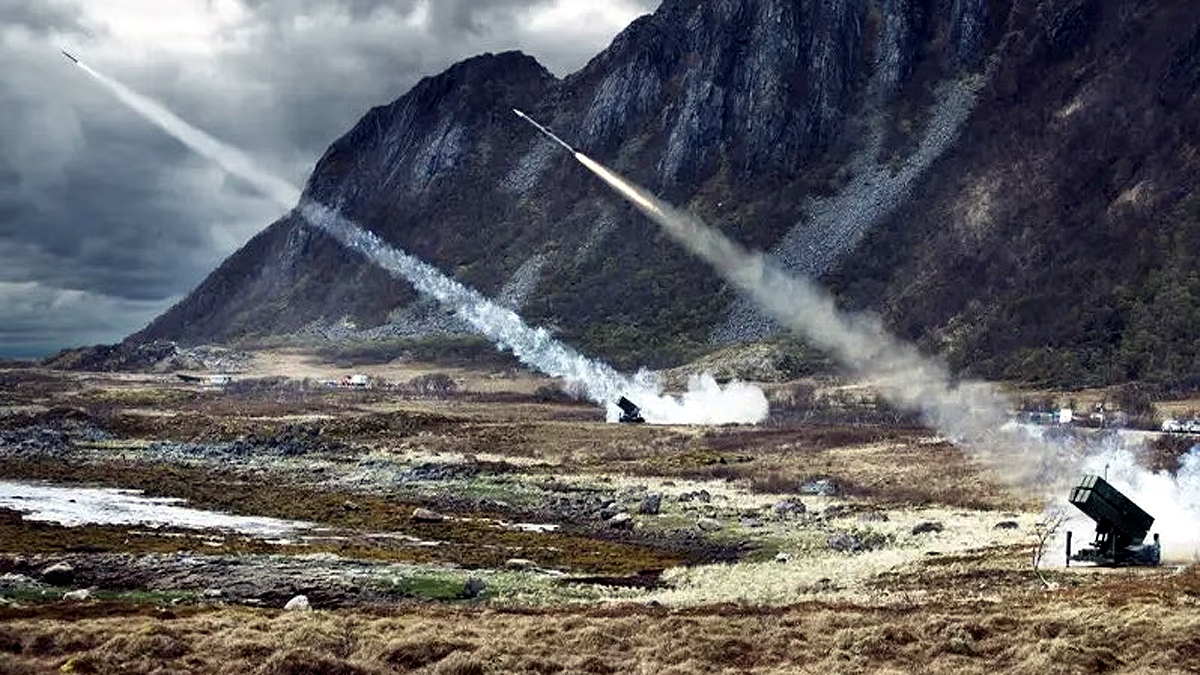
Source: aajtak
Taiwan's defense budget previously lingered at 2.5% of GDP, but change is underway.
2025 sees a GDP allocation of 2.84% (near $20 billion)—a 20.1% rise from the previous year.
2026 plans involve a 3.32% GDP allocation (about $22 billion), factoring in coast guard and pensions.
A significant announcement in November 2025 revealed a $40 billion special budget—allocated from 2026-2033.
Spending Priorities: 50% towards American arms procurement, with the remainder for drones, AI, missiles, submarines, and cyber defense.
2027 Goal: Allocate 5% of GDP to defense, in alignment with US advisories recommending at least 5% spending.
China's aggression looms. Taiwan believes that preparation deters warfare, but opposing parties (KMT, TPP) strive to slash the budget. This budget enhances Taiwan's strength—expanding ammunition, training, and domestic weapon production.
The United States supplies defensive weapons to Taiwan under the 1979 Taiwan Relations Act. Trump's administration initiated the first sale in 2025—a transaction worth $330 million for F-16 jet components. Cumulatively, the sales amassed $18 billion by 2021. A $21.54 billion backlog exists (pending deliveries).
NASAMS (National Advanced Surface-to-Air Missile System)
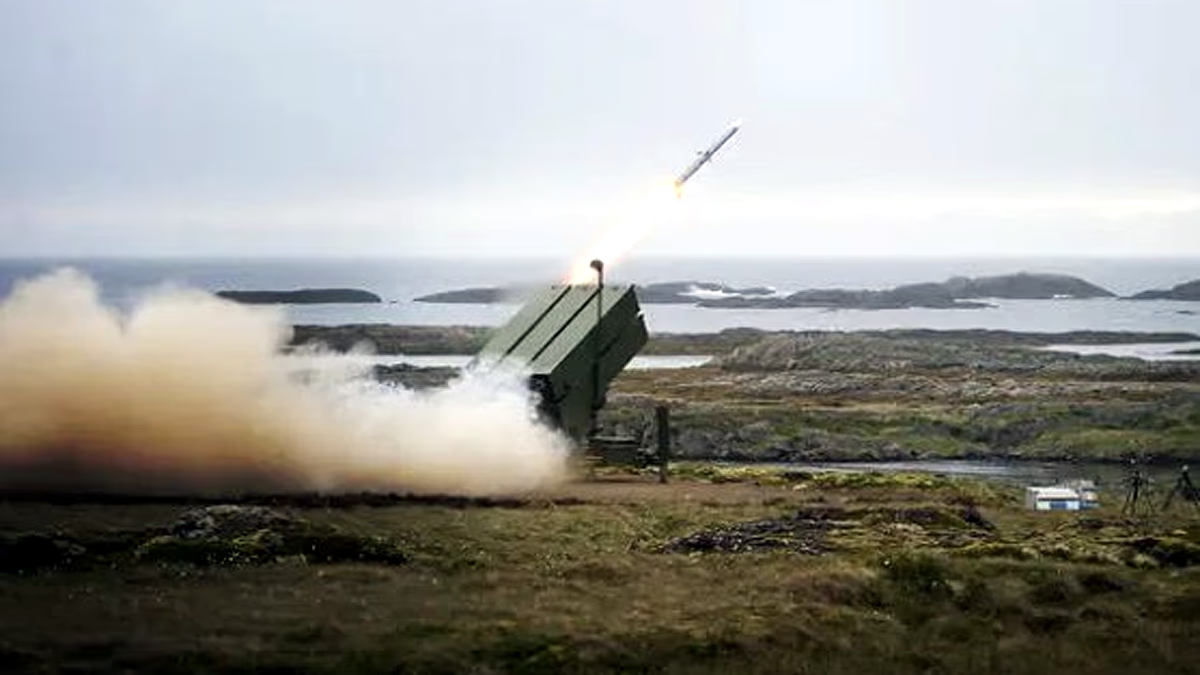
Source: aajtak
This formidable air defense system combats missiles, combat aircraft, and drones. Operational in the Ukraine conflict against Russian assaults, Taiwan is set to receive 3 units and radar systems valued at around $700 million. The contract was finalized in November 2025, with initial deliveries slated for year-end. These units, deployed at Taipei's Songshan Airport and New Taipei's Tamsui area, will collaborate with Patriot and Taiwan's indigenous Sky Bow missiles, crafting a robust tri-layer defense shield.
Patriot PAC-3 MSE

Source: aajtak
Among the finest ballistic missile defense systems worldwide, it intercepts China's long-range missiles midcourse, boasting a range exceeding 100 kilometers. Taiwan receives 100 missiles at a cost of $882 million. Deliveries commence in 2025, with full operational status by 2026. These missiles will be stationed at major northern Taiwan airbases, providing direct protection to capital Taipei and principal cities.
HIMARS (High Mobility Artillery Rocket System)
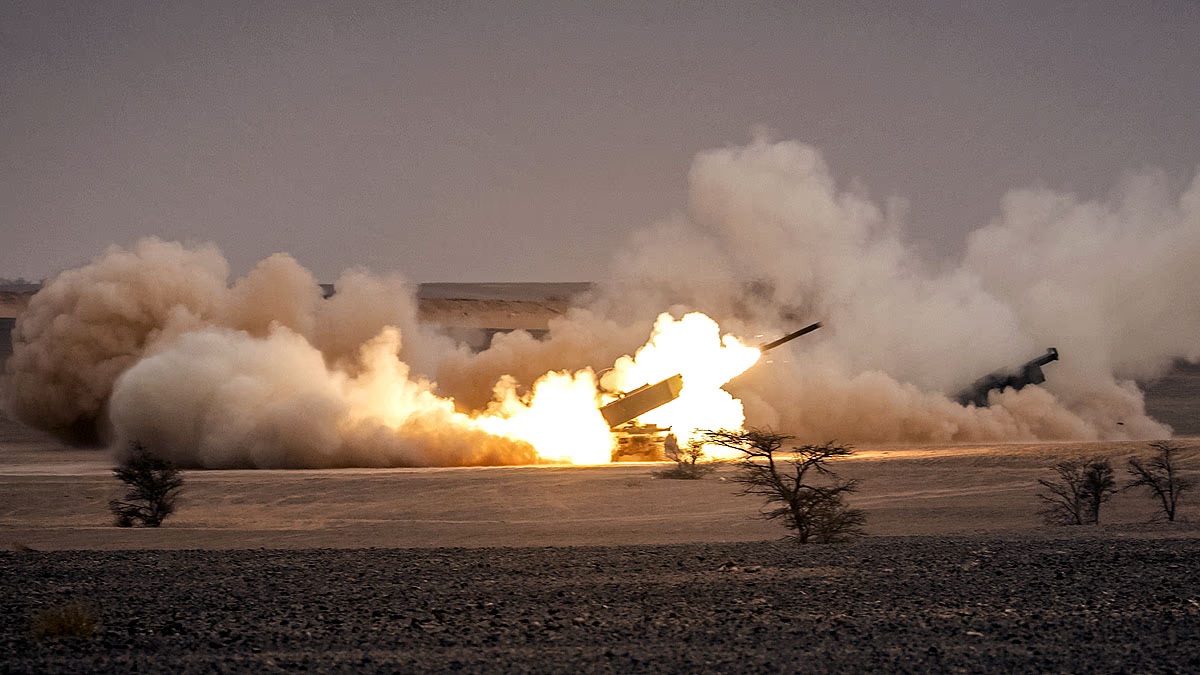
Source: aajtak
This mobile rocket launcher can strike up to 300 kilometers away. Should China attack, Taiwan can launch direct strikes on Chinese coastal regions and ships. Taiwan acquires 29 launchers, 84 ATACMS missiles, and 864 GMLRS rockets—priced at $1.06 billion. Eleven units arrived in January 2025, with the remainder expected by 2026-27. These systems will be operational in western Taiwan, northern and southern segments, and Penghu Island.
ATACMS Missiles

Source: aajtak
These 300-kilometer range missiles for HIMARS can directly target airbases and ships off China's coast. Taiwan's initial batch comprised 16 missiles delivered in January 2025, with 20 more anticipated. There was no need for separate acquisitions, as these missiles are part of the HIMARS deal.
Harpoon Anti-Ship Missiles
Specialized for sinking ships at sea, these missiles will launch from Taiwan's shores, with potential to submerge Chinese warships. Taiwan receives 5 launchers and AGM-84L-1 Block II missiles, part of the 2025 deal, with complete delivery expected by 2027. They'll be strategically positioned along the coastline.
F-16, C-130, and IDF Jet Spare Parts
Taiwan already operates American F-16 fighter jets and C-130 transport planes. Essential spare parts and repair kits are forthcoming to ensure these jets remain airworthy. A $330 million deal was sealed in November 2025. These parts will be utilized across all major Taiwanese Air Force bases.
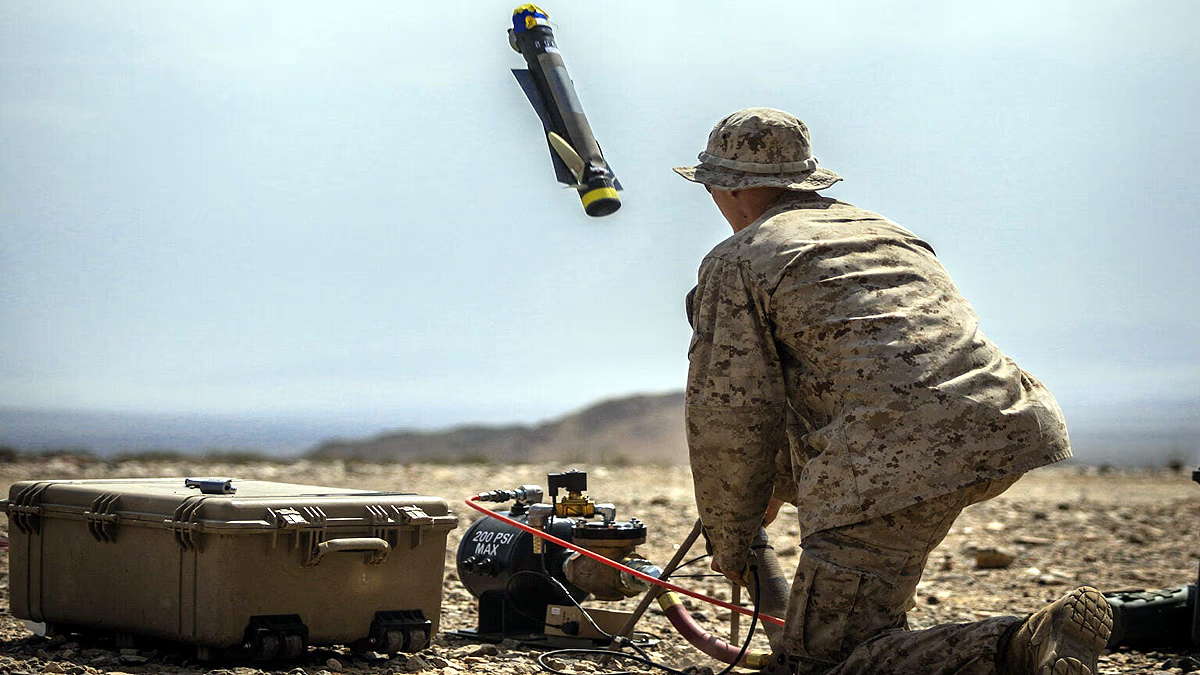
Source: aajtak
Switchblade Drones
Compact, portable kamikaze drones a soldier can carry, direct them to crash into enemy tanks or personnel, causing substantial damage. With 685 drones ordered, Taiwan has already received 66, expecting another 150 by end-2025, and the rest by 2026. These units will be at the disposal of Taiwan's army and military police.
Altius-600M Drones
These larger drones facilitate reconnaissance missions and assaults. Deliveries began in 2025, with pending orders in backlog. They'll be strategically placed across Taiwan. These arsenals equip Taiwan to render any Chinese aggression excessively costly.
Additional Armaments: TOW-2B anti-tank missiles, M1A2T Abrams tanks (first battalion in 2025), radar systems (AN/TPS-77, AN/TPS-78). Eighteen deals in progress—15 on schedule, 2 delayed.
Co-production: Barracuda-500 cruise missile—a cost-effective ship deterrent being co-developed with the US.
Training: Thirty Taiwanese soldiers are undergoing training in the US.
These armaments afford Taiwan a porcupine strategy—escalating the expense of Chinese incursions.
Military Reforms: Mandatory service now one year. Salary increments ensure high readiness by 2027.
Domestic Arms: Sky Bow III (ballistic missile defense), Hsiung Feng III (anti-ship, 400 km range).
Infrastructure: Reinforced airbases, underground bunkers. AI command systems.
Cyber Defense: Jammers to thwart Chinese hacking endeavors.
US Support: Promises of more armaments by Trump but pressure for trade deals persists.
China condemns each US sale as an internal affair. Yet, Taiwan asserts that strength underpins peace. The $40 billion budget awaits approval—opposition could hinder progress.
